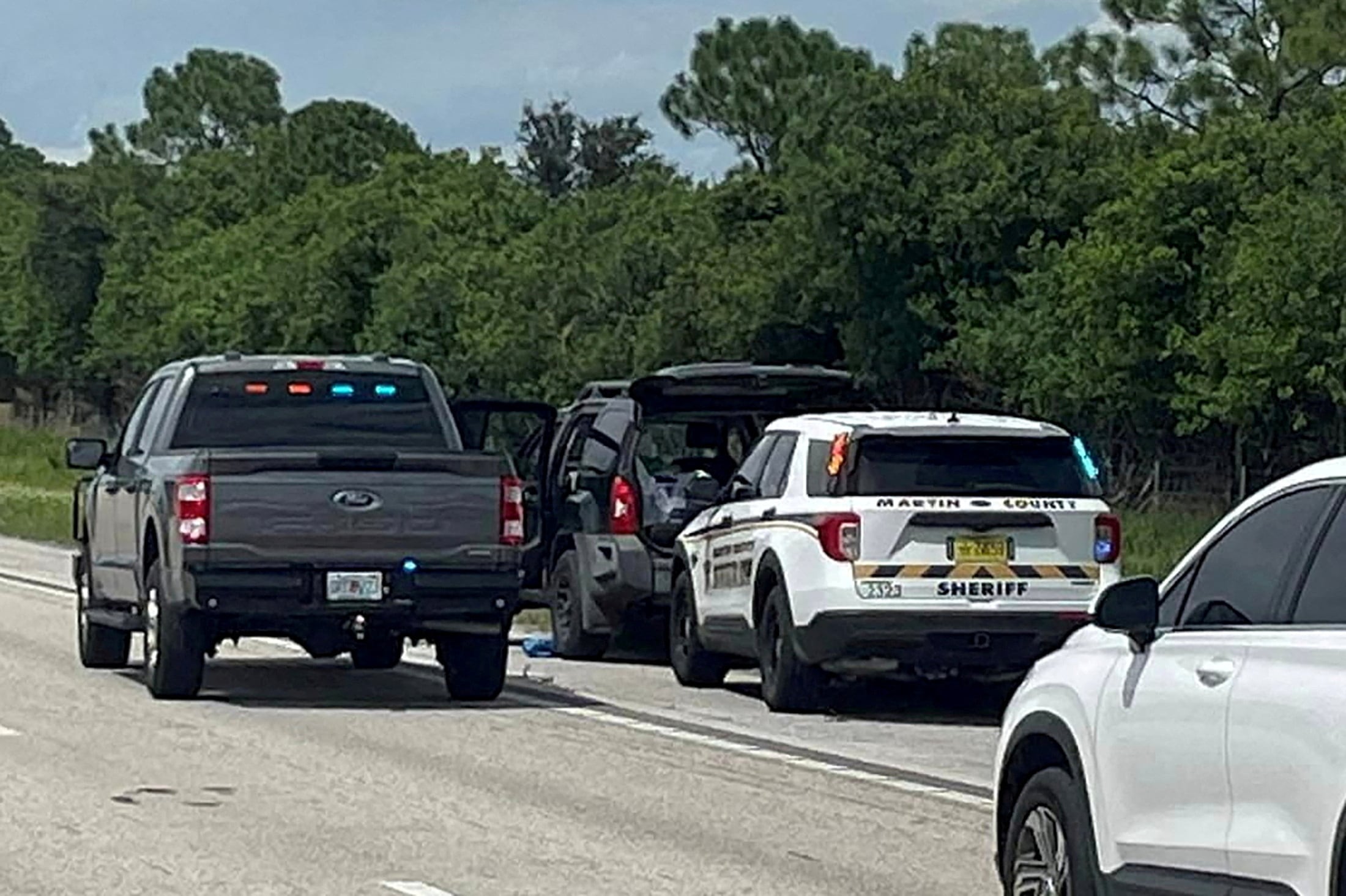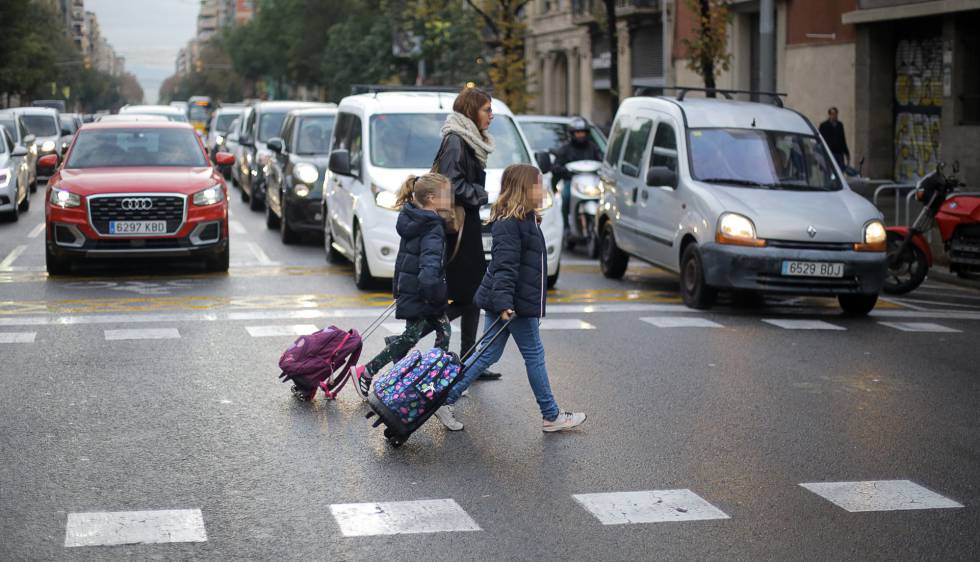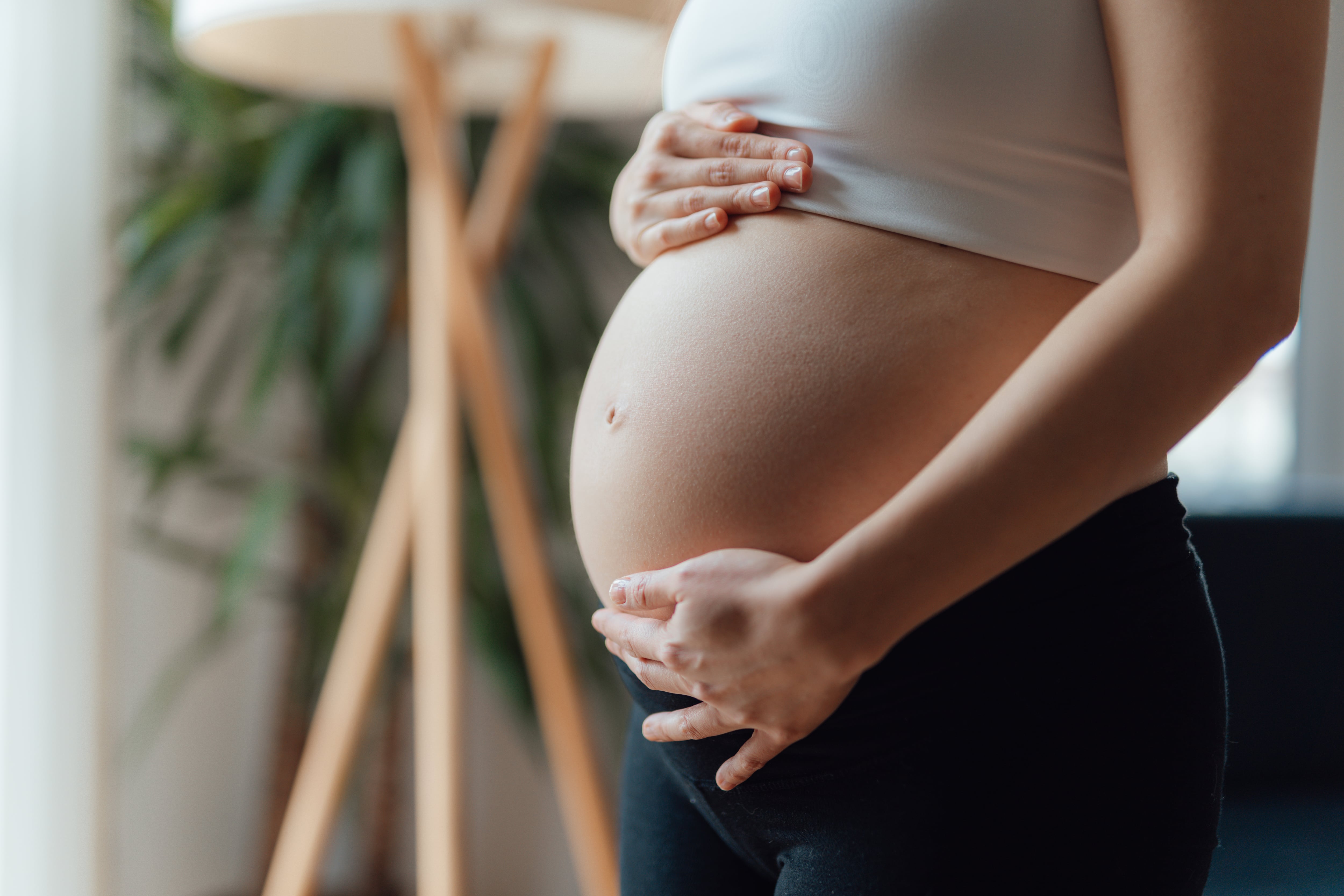Black communities in Los Angeles continue to face systemic discrimination, inequality and overpolicing, a new study from the city’s Reparations Advisory Commission reveals.
The study is the first city-sanctioned report on reparations — actions taken to address past injustices and harms inflicted on communities, especially those affected by systemic racism and discrimination — for Black Angelenos.
The new report explores historical experiences and policies that have negatively affected Black communities in the region from 1925 to today, officials said, and will provide the basis for a future reparations proposal.
The report follows L.A. County supervisors’ June adoption of a motion to explore additional efforts for making reparations to eligible “historically disenfranchised” Black residents. L.A. officials hope to develop a resolution that “acknowledges and apologizes to Black residents and their descendants for the county’s role in structural racism, acts of violence and other such harms,” based on a statewide task force with a shared goal.
In July, Gov. Gavin Newsom approved a state budget of up to $12 million on reparations legislation, but programs — or direct payments to Black Californians — were not specified.
A report summary was released Tuesday, Aug. 27 at an event held at Cal State Northridge, where officials from the city’s reparations commission, civil rights department, partners and community members gathered to discuss findings — from past segregation laws that continue to affect modern housing issues, to persisting wealth gaps in the Black community.
A final proposal will move to the L.A. City Council and Mayor Karen Bass by early 2025, according to the civil rights department.
Some highlights from the study, “An Examination of African American Experiences in Los Angeles,” from 1925 to modern day, include:
Historical injustices as a direct result of slavery have impacted opportunities and outcomes for generations of Black people in Los Angeles in areas of housing, homeownership, hiring discrimination, health disparities and more.
Black residents make up a disproportionate number of those involved in LAPD officer-involved incidents — 28% of shooting incidents from 2014 to 2022.
Black people, at only 8% of L.A.’s population, composed 27% of all arrests from 2020 to 2023, and 26% of all police stops from 2018 to 2023.
By 1930, as a result of de facto segregation and redlining policies, roughly 70% of the city’s Black population were forced to reside in Central-Alameda, South Park, South Central L.A., and Watts areas, limiting housing access.
According to the National Asset Scorecard for Communities of Color (NASCC), White families reported a median net worth of around $355,000, while Black Angelenos reported a median net worth of $4,000, just over 1% of the wealth held by white households.
Black Angelenos were at an increased risk of exposure to air pollutants, directly linked to city and freeway planning and development.
Los Angeles Unified School District (LAUSD) reported a “steady decrease” in Black student enrollment from 2020 to 2023. In the 2022–2023 school year, of the 11th graders nearing high school graduation, just 13.5% of Black students — versus 40.6% of White students — were adequately prepared for college-level English. Only 20% of Black students were enrolled in Advanced Placement (AP) courses.
Launched in 2023, the historically-based study included 618 participants, 372 women and 198 men, with varying ages and education levels. Officials said that a final report, released in the fall, is expected to be at least 400 pages.
Capri Maddox, executive director of the L.A. Civil Rights and the advisory commission, summed it up: “We are not where we want to be — but we are not where we used to be.”
“A lot of people say, ‘What’s slavery have to do with Los Angeles? What do reparations have to do with Los Angeles?’ And I’ll tell you,” said Maddox. “The dehumanization of people, (through) Jim Crow and other policies like redlining, led to some of the challenges we have today in Los Angeles.”
The survey analyzes 12 “areas of harm” — categories of historical and ongoing injustices faced by Black communities — through presentations at local community events, including Juneteenth and other celebrations, Sunday church services and more. These areas include racial terror, housing segregation, mental and physical harm and neglect, and other remnants of slavery.
The city’s Reparations Advisory Commission aims to work with L.A.’s Black residents to recommend related policies, especially when it comes to funding and supporting reparations, officials said.
Among the commission’s recommendations include passing legislation that prohibits “the erasure of African American history and enslavement;” funding government programs that address of oppression and racial degradation; proactively addressing anti-Black policing in the city through anti-racist policies, providing “culturally competent” healthcare and health professionals, and mandating racial justice training for all city and elected officials, including LAPD officers.
At Tuesday’s event, committee members stressed the importance of having reparations that go beyond monetary means — such as investing in community care and spaces for Black people. They emphasized that any cash reparations be governed and distributed by Black people and leaders.
There is no clear consensus on how to fund an L.A. reparations program, according to Marisa Turesky, director of research for nonprofit Mockingbird Analytics, which analyzed data for the study.
Attendees from the community expressed their views on the study and provided recommendations of their own.
One commenter, who identified himself as Akili with Black Lives Matter Los Angeles, recommended that part of any funds for reparations be taken from LAPD, divesting from over-policing.
“You can’t have it both ways,” Akili said. “You can’t fund the police with 64% of the budget, and then fund reparations.”
A South L.A. resident, named Walter, said that reparations is possible and urged city leaders to “make it happen already.”
“We have an emergency here,” Walter said. “I’m from South Central… a lot of my community is gone. They will never be here again… this is a state of emergency.”
Many attendees echoed calls for divestment from police budgeting, cash reparations and a clearer, more permanent citywide reparations plan.
Cal State Northridge alumni Dawn Brown said he’s experienced racial profiling and discrimination by police firsthand, no matter his outward appearance.
“I want L.A. to be the place that sets the precedent (for reparations),” Dawn said. “We’ve had direct targeting here, so it’ll be a great place to start when it comes to fixing those things.”
Related links
When should police be involved at school? A bill would let California teachers make the call
LA County to explore reparations efforts
LA city leaders to release guide to creating reparations program
LA City Council’s $12.8 billion budget has spending cuts but avoids layoffs
California puts a price on slavery’s legacy and draws a blueprint for reparations
Kamala Harris’ racial and cultural firsts were onstage throughout the Democratic convention
In September, the reparations committee is planning several working group discussions around L.A. to hear community feedback and issues. These include discussions on labor and housing, hosted by Council District 9 on Tuesday, Sept. 10; repairing environmental injustices and health outcomes, hosted by Council District 10 on Thursday, Sept. 12; and repairing racial terror and legal systems, hosted by Council District 8 on Saturday, Sept. 14.
For more information and to register, visit bit.ly/LACityReps4Ideas.
City News Service contributed to this report.

























